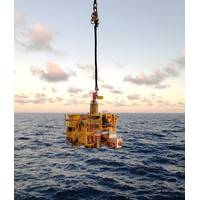
TechnipFMC Picks Up ‘Large’ Subsea Contract for ExxonMobil’s Whiptail Off Guyana
to produce 250,000 barrels of oil per day, and will have associated gas treatment capacity of 540 million cubic feet per day with water injection capacity of 300,000 barrels per day.The unit will be spread moored in water depth of about 1,630 meters and will be able to store around 2 million barrels of crude oil.ExxonMobil Guyana is the operator and holds a 45% interest in the Stabroek block, Hess Guyana Exploration holds a 30% interest, with CNOOC Petroleum Guyana in charge of the remaining 25% interest.Saipem Gets Go-Ahead for ExxonMobil’s Guyana Oil DevelopmentSBM Offshore Hooks ExxonMobil&rsquo
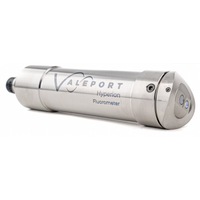
Valeport Showcases Latest Environmental Sensors at Oi24
At Oceanology International 24 (Oi24), Valeport will showcase for the first time the new optical sensor, Hyperion Crude Oil, which delivers high performance measurements of hydrocarbons to depths of 6,000m. Also featuring on the stand, is the Bathy2, an evolution in the collection of bathymetric data; the SWiFT Deep CTD, designed for those requiring CTD measurements to 6,000m; alongside further recent product releases designed with ease of use at their core, where a much improved user experience is now available alongside the highest quality, precise data, says Valeport.Hyperion Crude Oil - The
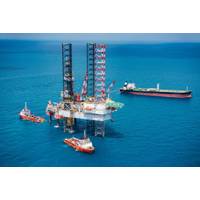
China Puts First ‘Home-Made’ Subsea Xmas Tree Into Operation
pressure of about 17 MPa into the reservoir, to increase the overall oil production.To remind, CNOOC recently started production from its Suizhong 36-1/Luda 5-2 discovery, located in Liaodong Bay of Bohai Sea.The project is expected to achieve a peak production of approximately 30,300 barrels of crude oil per day in 2025.It represents the largest secondary development and adjustment project in offshore China.CNOOC’s Oil Field in Bohai Sea Starts Productio
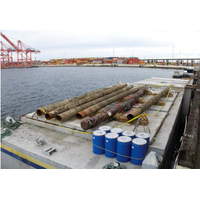
NTSB Recommends Pipeline Operators Implement Safety Management Systems
The U.S. National Transportation Safety Board (NTSB) is recommending new notification alarms and procedures for potential incursions on pipelines and a change to an anchorage off the California coast following a crude oil release in 2021 caused by ship anchors damaging an underwater pipeline.NTSB investigators determined that the oil leak, which began on October 1, 2021, in San Pedro Bay, resulted from an anchor strike on the pipeline that occurred eight months earlier, when anchors from the containerships Beijing and MSC Danit dragged and contacted the pipeline during high winds and seas caused by a

Dogs Trained to Detect Crude Oil on Gulf Coast Beaches
Man’s best friend has long earned its keep in service to humans when it comes to hunting, herding, providing protection, or assisting in searches.Now, a few visionary researchers at Texas A&M University-Corpus Christi are interested in training canines to sniff out crude oil on Texas beaches. Poppy, an English Springer Spaniel, and Bin, a German Shorthaired Pointer, are part of the university’s new Oil Detection Canine study.At the Center for Coastal Studies (CCS), housed within the College of Science and Engineering at Texas A&M-Corpus Christi, a team is currently focused on
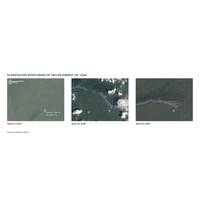
NOAA Taps Planet to Track Oil Spills, Marine Debris, And Marine Life
;s PlanetScope and SkySat products to gain oceanic insights by evaluating oil spills, tracking marine debris, detecting vessels, and identifying large marine mammals like whales.In 2004, Hurricane Ivan caused severe damage in the Gulf of Mexico, including the collapse and sinking of an oil platform. Crude oil from this platform continued to leak for over a decade, in what would become the longest running oil spill in United States history. NOAA began tracking the region with government-provided satellite data to generate reports on the situation. In 2018, NOAA reached out to Planet to explore how having
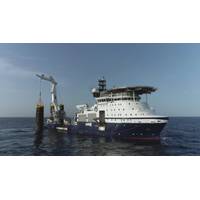
Havfram Bags Senegalese Mooring Pre-Lay Contract from MODEC
system for a floating production storage and offloading (FPSO) in 2022.MODEC’s parent company, MODEC, Inc., will supply this facility to Woodside, for deployment in Senegal as part of the Sangomar Field Development Phase 1 project. This phase will target approximately 230 million barrels of crude oil.“The Sangomar Field Development Phase 1 FPSO Mooring Pre-Lay project is another significant mooring project award, in what is a core business line and important region for Havfram. This award, the second complex mooring project award in Africa made to Havfram in the last 12 months, further
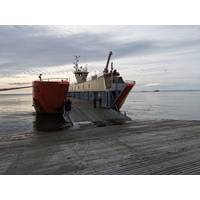
FerryBox Helps Track Climate Change Effects
and continuous measurements of sea water from (moving) platforms such as merchant ships and ferries, as well as manned or unmanned research stations in remote regions. The FerryBox system on the Yaghan ferry measures water temperature, oxygen, salinity, chlorophyll-a, pCO2 concentration, pH, nitrate, crude oil, yellow substance, and turbidity. It also includes a set of radiometers provided by the ICBM (Uni. Oldenburg) installed on the bridge of the ship, to measure optical properties of the water.The Yaghan ferry FerryBox will analyse sea water samples every minute along the entire 36 hours trip between
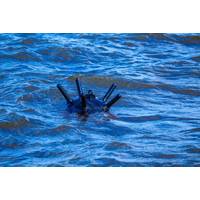
Turkey Defuses Stray Naval Mine in the Black Sea
seas via the Bosphorus strait, which runs through the heart of Istanbul, Turkey's largest city with 16 million residents.A shipping executive said the mines threatened shipping."The stray mines pose a major risk in the Straits as they could cause a disaster, especially it they hit crude oil ships," Kubilay Ali, general operations manager at Tribeca Shipping, said.He said the mines also present a danger for smaller ships, adding that defense ministry boats were keeping watch and scanning the Bosphorus for similar objects as a precaution.On Saturday, Turkey warned vessels to stay



 February 2024
February 2024





